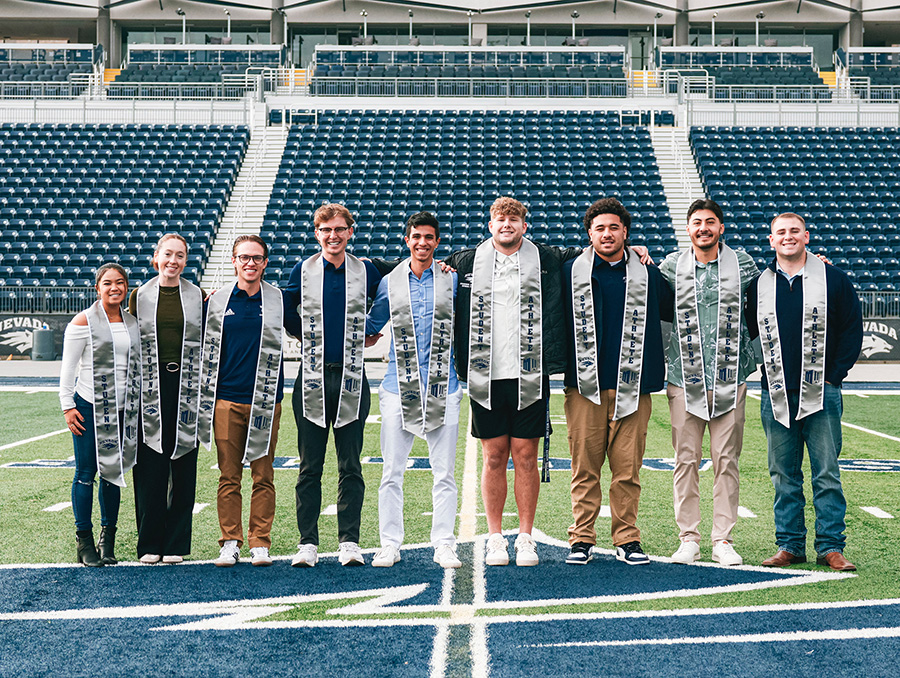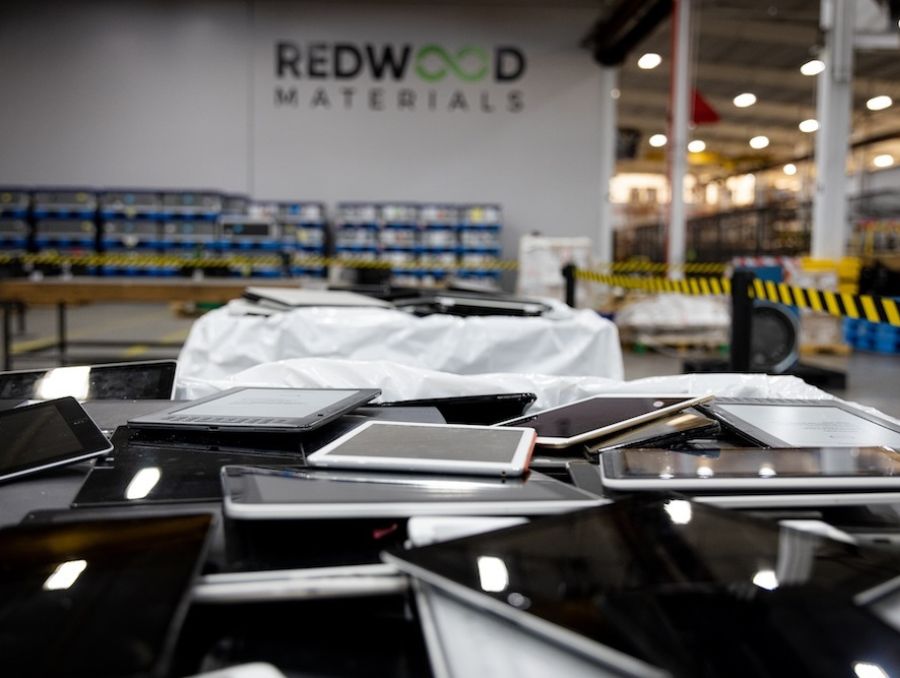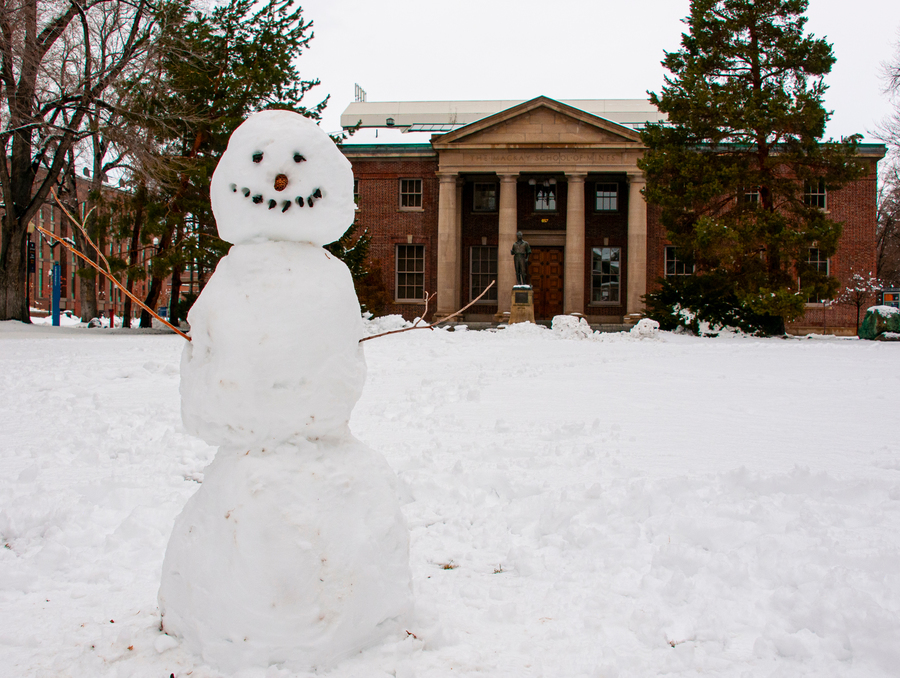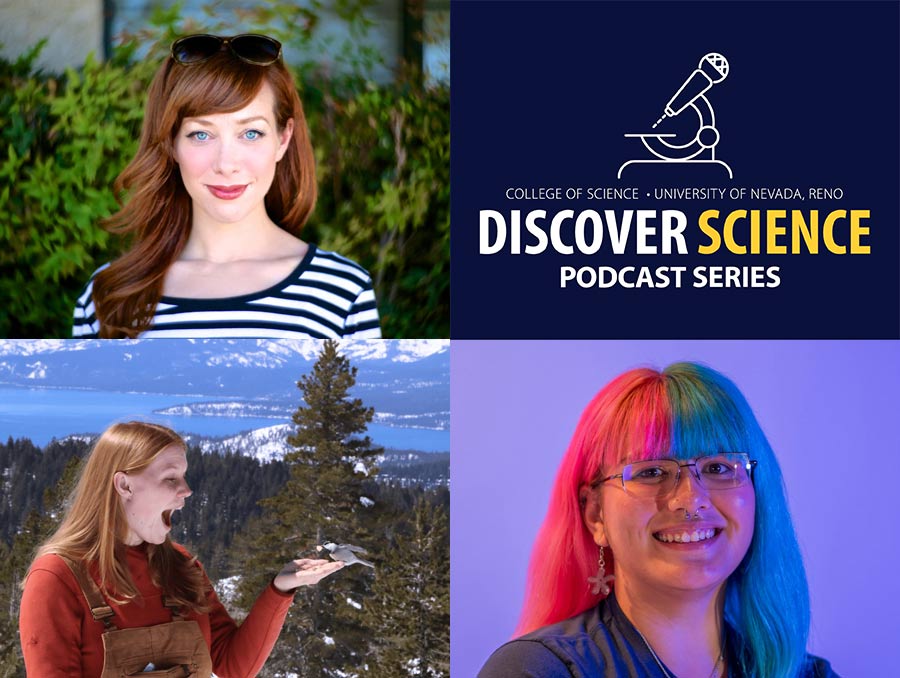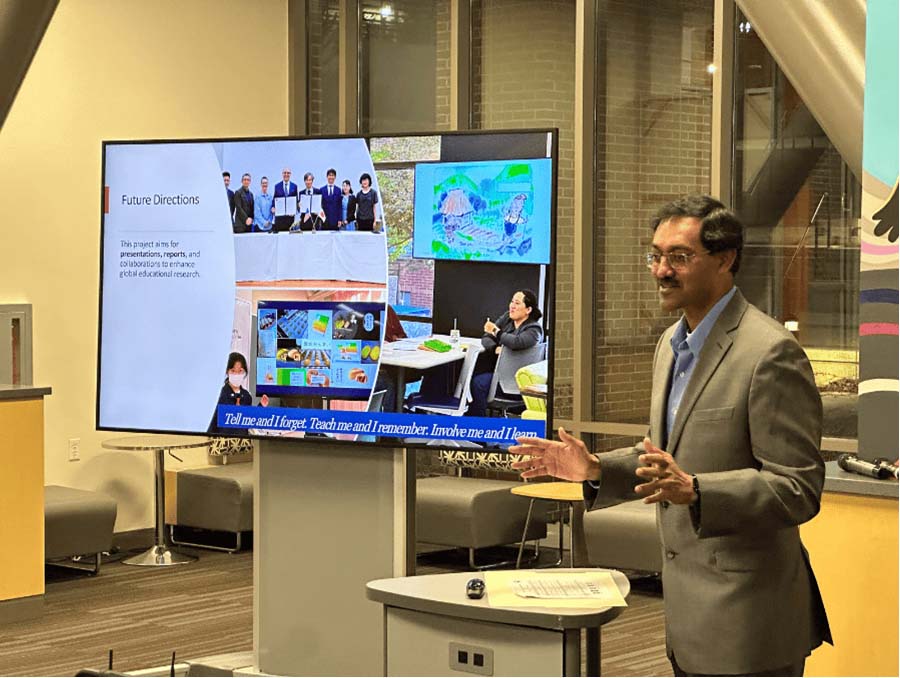The Nevada Bureau of Mines and Geology, a public service and research department in the College of Science at the University of Nevada, Reno, is holding its 15th annual Earth Science Week field trip as part of a national celebration of earth sciences.
This year's event, titled "Tuff All Over: Exploring Faulted Volcanic Terrain in the Painted Hills, Virginia Mountains, West of Pyramid Lake," will be led by University geologists D.D. LaPointe, Jon Price, Jim Faulds, Craig dePolo and David Davis. The all-day trip will take place on Oct. 20 or 21. Those who wish to attend can sign up for either day.
Participants will see how geologists discover the history of an area using geologic maps, view the hazards of an earthquake from indications of recent faulting and assess the potential for mineral resources. Individuals will also have the chance to collect many different types of volcanic rocks, including several tuffs, and some diatomite, which has occasional leaf fossils.
"On the trip, people will learn more about the geology of Nevada, and they will also get the chance to see how easy it is to collect interesting rocks," Jon Price, state geologist emeritus said. "They can also expect to learn about the hobbies of Geocaching and EarthCaching."
There will be six stops on the 80-mile round trip. Drivers are encouraged to ensure they have enough fuel to make the trip through the remote areas. The different stops will include diatomite near Mullen Pass, an overlook of the Warm Springs Valley fault zone, and an optional, end-of-the-day 2.8-mile hike to collect more samples of a variety of tuffs and petrified wood.
Participants can expect to see Nevada landscapes in a way that they normally wouldn't if they were out hiking by themselves.
"There are a few geologists with different specialties and each of us handles different areas of the trip," D.D. LaPointe, research geologist said. "One geologist goes over past volcanoes; you get to see where the volcano poured out rocks onto the landscape. It gives you a feel for what it was like 20 million years ago."
In addition to the volcanic rocks, LaPointe said participants will view an abandoned mine, along with fossils that include eucalyptus leaves and pine needles.
"Those kind of plants are not abundant in this part of Nevada anymore," LaPointe said. "It really sets the stage for how things like climate have changed in Nevada's environment over the years. People will get to experience that change on this trip."
The event is free and open to individuals of all ages, but you must sign up online before the event to participate. The group will leave from the Great Basin Science Sample and Records Library, on the west side of the campus of the Desert Research Institute, promptly at 8 a.m. each day. Individuals can meet at 7:30 a.m. to preview rocks that can be collected on the trip. Participants must provide their own lunch, sunscreen, a hat, a first-aid kit, plenty of water, and be able to drive four-wheel-drive vehicle or arrange to carpool with someone else. The trip will end before 5 p.m. each day.
Read more about Earth Science Week.




